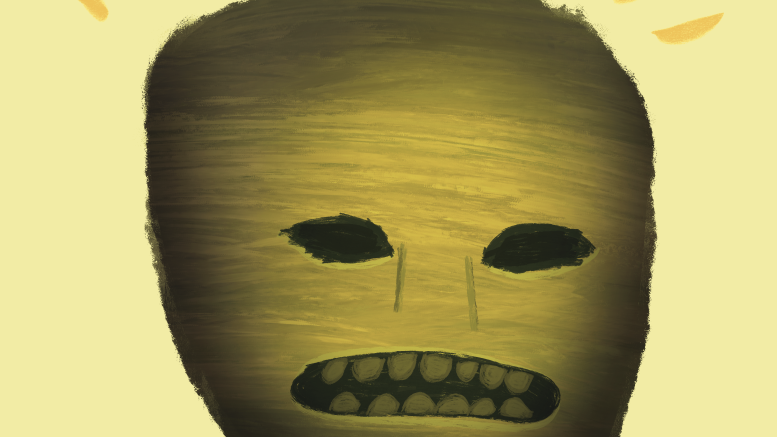In North America, it is not unusual to see porches and doorsteps decorated with carved pumpkins, also known as jack-o’-lanterns, as Halloween approaches. However, with a background in anthropology, I am trained to see the strangeness in familiar cultural practices. It made me wonder, why do we carve faces into pumpkins? And why were pumpkins chosen in the first place?
Halloween is believed to have roots in the Celtic pagan festival of Samhain, which marks the beginning of winter. Believed to be a day where the veil between the real world and the supernatural was at its thinnest, Irish, Scottish and English communities practiced rituals to ward off evil spirits. One such tradition was carving faces into hollowed-out root vegetables, such as turnips and potatoes. Candles were often placed inside to light the vegetable from within.
One famous example of such works of art is the “ghost turnip,” a carved turnip about the size of a hand. Two slits were hollowed out for its soulless eyes, and each tooth was carefully carved inside its red, grimacing mouth. Two vertical lines ran from between its eyes to its mouth, suggesting a long, wonky nose.
The turnip almost resembles a human face, but it certainly is not one, giving it an unsettling appearance. It is said that “Ghost turnip” was carved near Fintown County Donegal in around 1900, and its replica is currently housed in the National Museum of Ireland, which can be found in Country Life in County Mayo, Ireland.
It is unclear when carved turnips first became known as jack-o’-lanterns, but folklore abounds. According to Irish legend, Stingy Jack once captured Satan using a cross and then released him. Jack was barred from going to heaven and was spared of eternal damnation for helping the devil, so he remained in purgatory with only a piece of burning coal to light his way, which he put into a carved turnip as a makeshift lantern.
Over the centuries, Halloween followed the waves of European migrations to North America, bringing jack-o’-lanterns along with them. But why do North Americans carve pumpkins and not turnips?
The answer is simple — pumpkins, or gourds belonging to the genus Cucurbita, are native to the Americas and have been cultivated by Indigenous people for thousands of years. On the contrary, pumpkins did not reach Europe until 1492, when European explorers brought them back from the New World.
This shift reflects the localization of Halloween culture to fit North American flora. In fact, some families in the British Isles still carve turnips, and pumpkin jack-o’-lanterns only appeared in the region in the past few decades.
The tradition of pumpkin carving has also evolved as professional artists use the gourd as a canvas. The Maniac Pumpkin Carvers, for example, is an American company that sells high quality pumpkins carved with intricate patterns, realistic portraits of celebrities and even famous works of art such as Picasso’s “Les Demoiselles d’Avignon.”
It is fascinating to see old Celtic traditions carried into modern times and evolving in the most unexpected ways as they travel worldwide. Jack-o’-lanterns are not only fun to make, but they also remind us that culture is shared and adapted to regional circumstances. This Halloween, perhaps try your hand at carving uncanny faces onto turnips or create a pumpkin masterpiece for your doorstep.


